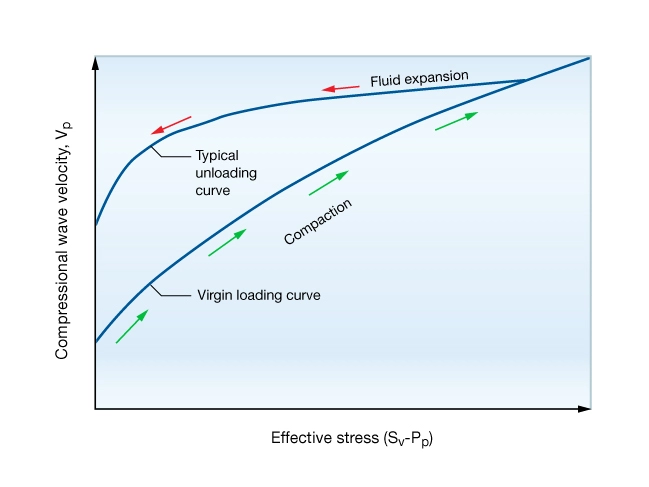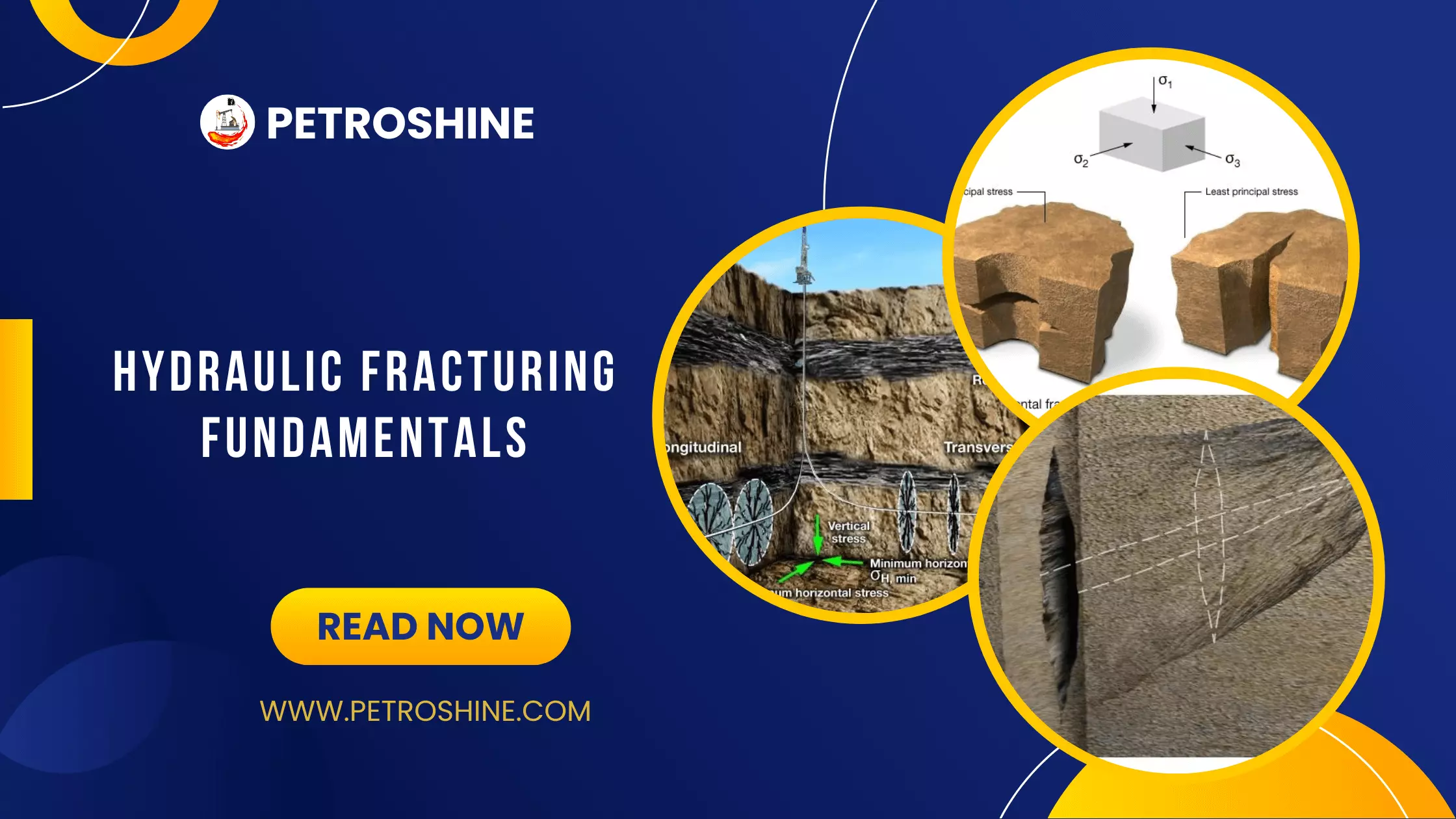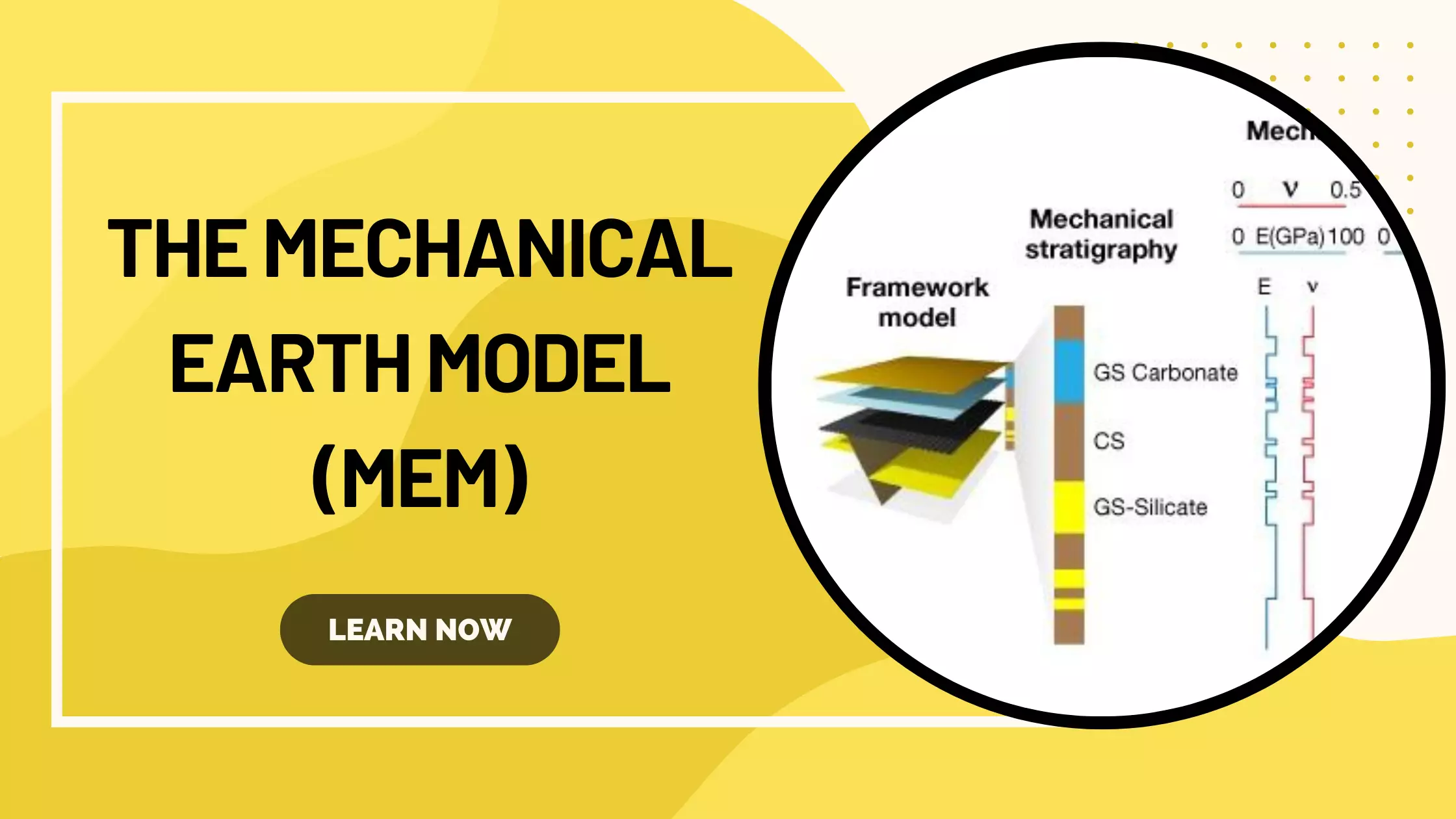Assignment Earth Stress
You have been tasked with modeling the horizontal stress of your basin of interest in which the reservoir has been identified as a deltaic unit. You must first determine which method for determining pore pressure is most appropriate for your reservoir. Explain the differences between the Bower method and the Eaton method for pore pressure prediction.
Solution
Pressure prediction is routine, and most reliable, in settings where overpressure is due to compaction disequilibrium. Basins located on continental margins and other settings where rapid sedimentation has occurred are the best candidates for geophysics-based pore pressure prediction.
In our basin of interest, the reservoir is a deltaic unit and is therefore a good candidate for reliable pressure prediction results. The two methods typically used are the Bowers Method or the Eaton method.
The Eaton method compares data to a normal compaction trendline (NCT) but the modeler must be very careful when choosing the trendline as risks for drilling can ensue if the prediction is too high or too low.
The Bowers method applies whether effective stress increases during compaction (loading path), or decreases after rocks have lithified (unloading path) due to fluid expansion. The unloading path describes situations where hydrocarbons are generated after the rock has lithified or the pore fluids are heated (aqua-thermal pressuring). The figure illustrates these two loading paths.

For modeling purposes, both methods should be utilized to make the best judgement possible on pore pressure prediction.
Assessment Earth Stress
1. Which of these tectonic settings would be considered inactive?
A .Settings close to active volcanoes
B .Settings close to a tectonic plate boundary
C .Edges of continental margins where gravity sliding and salt tectonics may be present
D .Settings located in intra-plate regions, far from plate boundaries
2. Horizontal stress in shale tends to be ____________ the horizontal stress in sandstones and limestones.
3. Which of the following stresses is responsible for past rock deformation events?
A .Vertical
B .Paleo
C .Horizontal
D .Contemporary
4. What are the main factors that govern variations in horizontal stress? (Select all that apply.)
A .Depth
B .Tectonic setting
C .Porosity
D .Diagenesis
E .Pore pressure
F .Lithology
5. What is the borehole tool that allows for high resolution imaging in the presence of drilling fluid?
A .Borehole televiewer
B .Dipmeter
C .FMI tool
D .Acoustical imaging tool
Recommended for You
Fundamental Concepts of Reservoir Geomechanics
Hydraulic Fracturing Fundamentals
 Petro Shine The Place for Oil and Gas Professionals.
Petro Shine The Place for Oil and Gas Professionals.



